Common Name(s): Pink ash, pink almond
Scientific Name: Alphitonia petriei
Distribution: Australia
Tree Size: 50-65 ft (15-20 m) tall,
1-2 ft (..3-6 m) trunk diameter
Average Dried Weight: 32.2 lbs/ft3 (515 kg/m3)
Specific Gravity (Basic, 12% MC): .44, .52
Janka Hardness: 760 lbf (3,360 N)*
*Estimated hardness based on specific gravity
Modulus of Rupture: 7,980 lbf/in2 (55.0 MPa)*
Elastic Modulus: 1,320,000 lbf/in2 (9.10 GPa)*
Crushing Strength: 5,220 lbf/in2 (36.0 MPa)*
*Strength properties are estimated based on AS/NZS 2878:2000, strength group SD7
Shrinkage: No data available.
Color/Appearance: Heartwood is orangish pink, while contrasting sapwood is pale yellow. Heartwood colors can be streaked and varied, and tend to darken with age.
Grain/Texture: Grain is straight, with a moderate to fine even texture.
Rot Resistance: No data available.
Workability: Easy to work with both hand and machine tools. Turns, glues, and finishes well.
Odor: Bark can have a strong mint-like scent, though the dried wood has little to no odor.
Allergies/Toxicity: Besides the standard health risks associated with any type of wood dust, no further health reactions have been associated with pink ash. See the articles Wood Allergies and Toxicity and Wood Dust Safety for more information.
Pricing/Availability: Not a commercial species, though limited quantities may be available within its natural range for craft and hobbyist purposes. Expect prices to be moderate for a domestic hardwood.
Sustainability: This wood species is not listed in the CITES Appendices or on the IUCN Red List of Threatened Species.
Common Uses: Furniture, utility wood, carving, turned objects, and other specialty wood applications.
Comments: Despite its common name, pink ash is not botanically related to true ashes in the Fraxinus genus. Even more confusing, this species is sometimes called by the common name white ash—a name far more commonly referring to Fraxinus americana. Pink ash is actually more closely related to buckthorn (Rhamnus cathartica), and both are contained in the broader Rhamnaceae (buckthorn) family.
Pink ash is known for the unique, mint-like scent of its bark and twigs, as well as its attractive foliage, and is sometimes planted as an ornamental tree.
Images: Drag the slider up/down to toggle between raw and finished wood.
There are currently no pictures of this exact wood species, but a similar species within the Alphitonia genus is being substituted (A. excelsa). If you’d like to contribute a wood sample for this webpage, please see the contact form for donating wood samples.
Identification: See the article on Hardwood Anatomy for definitions of endgrain features.
Porosity: diffuse porous
Arrangement: radial multiples of two to five pores
Vessels: medium to large, few; light brown or reddish colored deposits present
Parenchyma: vasicentric
Rays: medium; normal spacing
Lookalikes/Substitutes: The combination of the pinkish orange heartwood and large pores occurring primarily as radial multiples makes pink ash a wood that’s hard to confuse with much else.
Notes: Pink ash (Alphitonia petriei) can usually be separated from the closely related red ash (A. excelsa) on the basis of weight—pink ash tends to be considerably lighter (515 kg/m3 vs 725 kg/m3).
Related Content:

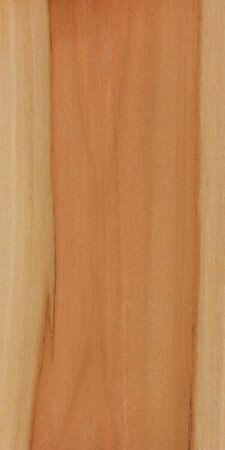
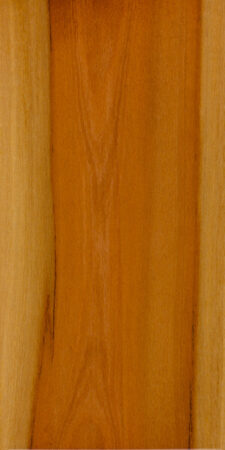
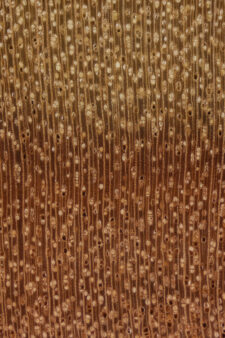

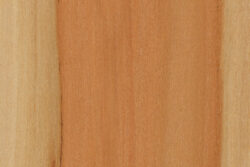
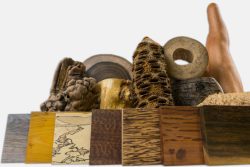
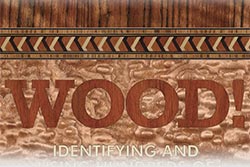
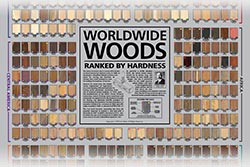



I have a board of what seems to be pink ash. It looks just like the red ash but is much softer and the pores are a bit less frequent. I’ve been wondering what it could be and stumbled on pink and red ash with the wood filter.